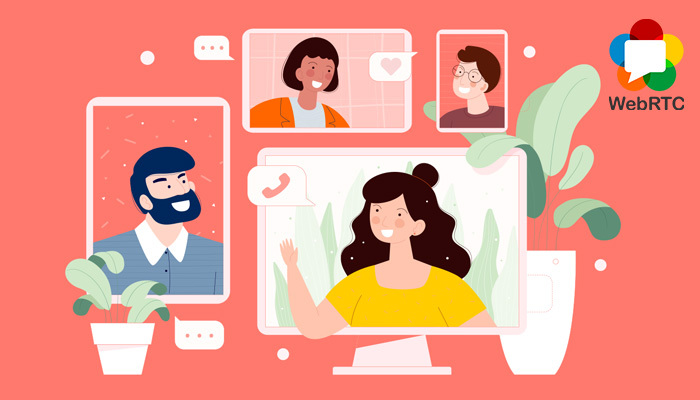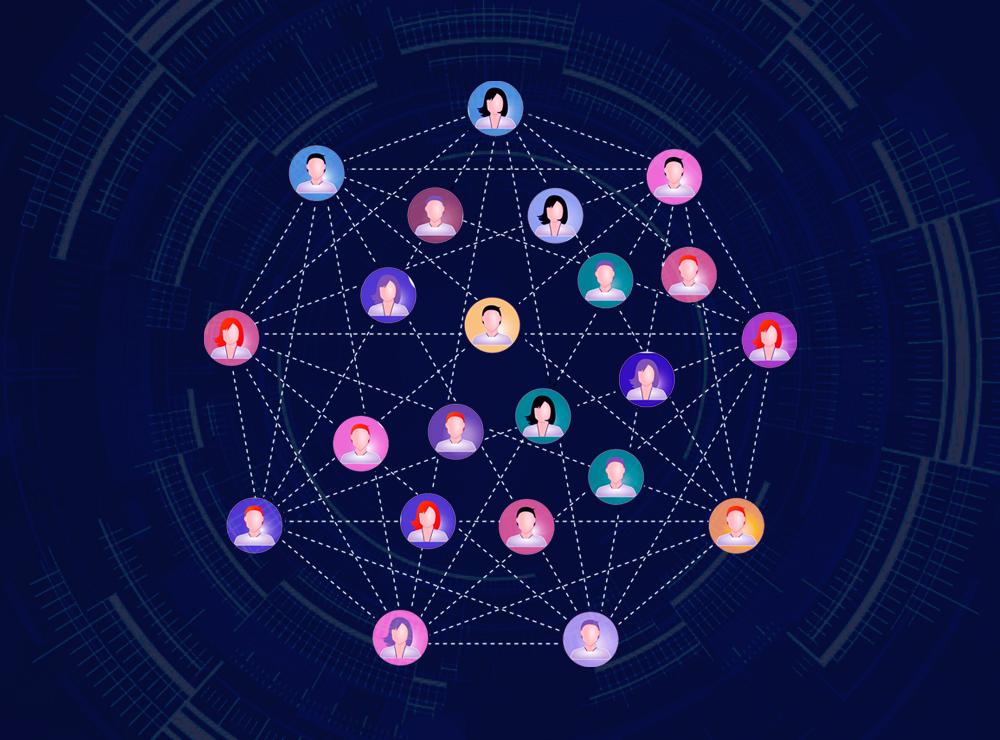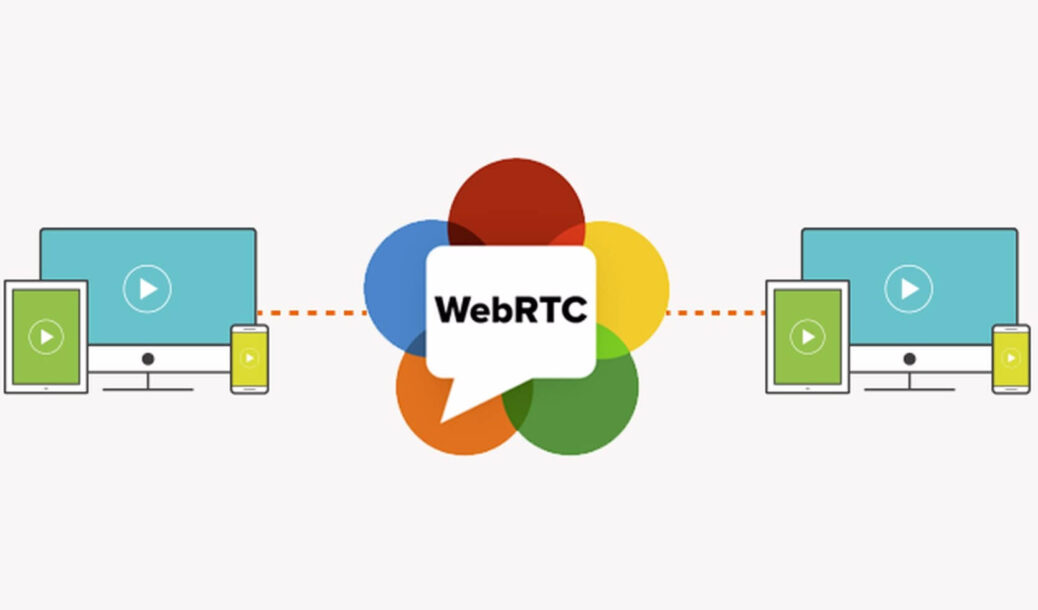Exploring the Potential of WebRTC for Businesses
WebRTC is a technology that allows people to make real-time communications using their web browsers. The technology was designed to bring the features of VoIP communication via the Internet to all users, regardless of the operating system they use. WebRTC allows you to make audio calls, video calls, and send text messages without installing any additional software or plugins. You just need a computer or mobile device with an active internet connection to use webrtc for business. WebRTC has become popular because it offers many benefits over other types of communication technologies such as Skype, Messenger, and WhatsApp.
Table of Contents
What is WebRTC?
WebRTC is a set of open standards that enable real-time, peer-to-peer communication between web browsers. WebRTC allows you to quickly build and deploy applications that require high-quality audio and video communications. It’s a free, open project that enables developers to easily create applications that can communicate over the Internet without the need for any plugins or extensions.
WebRTC supports both audio calls (VoIP) and video chat/conferencing via webcams or mobile devices.
Is WebRTC still used?
Yes, WebRTC is still widely used and continues to be an important technology for real-time communication over the web. It is supported by major browsers and is utilized in various applications, including video conferencing, customer support, and collaboration tools. Its popularity and adoption have remained strong in recent years.
Is WebRTC API free?
Yes, the WebRTC API itself is free and open-source. It is built into web browsers, allowing developers to utilize its functionality without any licensing fees or additional costs. However, implementing WebRTC may involve infrastructure costs, such as servers or bandwidth, depending on the specific use case and deployment requirements.
Benefits of WebRTC for Businesses
WebRTC is a free, open-source communication protocol. It allows users to make video calls, send instant messages, and share files with each other in real time. WebRTC is supported by all major browsers, including Google Chrome, Mozilla Firefox, Microsoft Edge, and Apple Safari (on iOS devices).
Businesses can leverage WebRTC, including the services of a WebRTC development company, to improve their customer service. It provides an easy way for customers to contact them through live chat or a phone call. Eliminating the need to send emails or endure long wait times on hold before speaking with a customer support team member who may not even be able to provide immediate assistance.

WebRTC Use Cases in Different Industries
WebRTC has the potential to be used in a wide range of industries. The following are just a few examples:
- E-commerce: WebRTC can be used for online shopping, price comparison, and other shopping-related applications.
- Education: WebRTC can enhance learning through live video conferencing with experts who can share their knowledge with students or teachers on demand. This will also provide students with access to resources they wouldn’t otherwise have access to like museums or historical sites that they would not normally visit because they are too far away from home or school; this could help them develop an appreciation for different cultures around the world as well as improve their overall understanding about different subjects related to history/culture etc. In addition, companies could use WebRTC technology as an additional way of communicating between employees who work remotely, facilitated by a WebRTC media server. This way, everyone stays updated with each other’s progress while still being able to collaborate effectively even if they don’t work together directly every day.

Security and Privacy Considerations
The security and privacy considerations for WebRTC are still under review. While the technology is new, it’s important to be aware of the potential risks so you can take steps to mitigate them.
WebRTC can transmit sensitive data such as credit card numbers or health information. As such, ensuring that your company has adequate security measures in place is essential. This includes:
- Encryption of data sent over the network using HTTPS (Hypertext Transfer Protocol Secure) or TLS (Transport Layer Security) protocols;
- Authentication mechanisms that verify users’ identities before granting access;
- Access controls on devices and networks so unauthorized parties cannot gain access to sensitive information;
These precautions help protect against various types of cyberattacks like phishing scams. Here hackers attempt to trick users into giving up their login credentials through fake websites designed specifically for this purpose. They also prevent intruders from accessing company servers through compromised computers connected directly via Ethernet cables rather than WiFi connections. Because those machines won’t have any IP addresses listed publicly online unless someone else has logged in first through another means first!
Future Technological Trends
WebRTC is an exciting new technology that has the potential to change how we communicate. However, it’s important to keep in mind that WebRTC won’t necessarily be used exactly as it is today. Here are some possible future uses for WebRTC:
- WebRTC will become part of the regular internet experience. Instead of downloading an app or using a specific browser extension, you’ll simply be able to log on and communicate with others using your webcam and mic. This could make video chatting more common than emailing or texting (or even phone calls), especially among younger generations who grew up with smartphones at their fingertips!
- Companies will start using WebRTC exclusively instead of other services like Skype or Google Hangouts because it offers better quality video without any extra cost and there aren’t any ads either!
Conclusion
WebRTC is a highly advanced technology to improve business operations in many different ways. The main benefits of WebRTC for businesses include lower costs, increased security and privacy protection, better customer service through real-time communications, and more efficient communication. However, there are also some drawbacks with using WebRTC.
Such as potential risks related to privacy or security concerns when using video chat services like Skype or Hangouts where your data can leak on public networks without proper encryption methods. Some developers who may not know how important those things are when building apps today. Because they didn’t exist back when those programs were created over ten years ago! It’s also worth mentioning how future technological trends such as Augmented Reality (AR) apps might someday integrate with WebRTC technology seamlessly. So users could potentially talk face-to-face while wearing virtual reality headsets like Google Cardboard. This would allow them to hear each other speak while seeing what appears like holographic images appearing beside each other within those headsets viewports. So, imagine how much better meetings would be if everyone could do this. Instead of just one person at a time talking at others listening?

With more than 20 years of progressive experience as Program Manager and Project Manager had led complex IT projects/programs in a wide variety of industries in America, Latin America & Italia.
Mario Bisson Andini is an advanced Program Manager who is the founder of Bisson Training.










